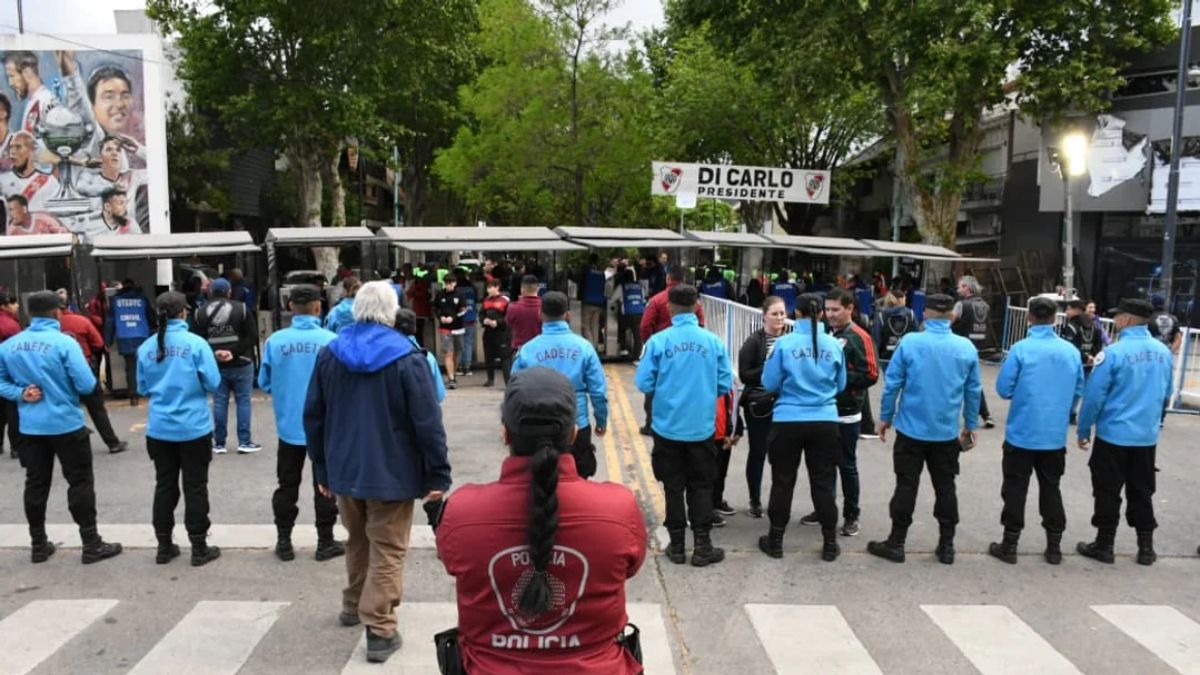“In the work I can put into play some of the nodes that I always like to do when I act. In this case the cizco eyes, the disrupted voice, the hands that move, the falls, sing,” says Mariano Saborido (“What the river does”, “Paraguay”), who stars “VWhite Iientiento ”, The work written by Santiago Loza
With direction of Juanse Rausch (Paquito his head against the ground ) and Valeria Lois ( The Puerca woman , Extraordinary life), The phenomenon of independent theater, starring one of the most outstanding actors of the current scene, exhausts its domingos and Mondays in Dumont 4040. We talked with flavor.
Journalist: In the work we only see the protagonist, Marito, but through his words we see the other central characters of the text, the mother and the friend, how are those links?
Mariano Saborido: White wind is also the story of a section of society. Of someone who grew up with one voice and the wind; Without much more history around him than his mother told him and what happens in that imaginary Patagonian place in which Marito lives. It is the story of someone who had to arm a mental scheme with quite scarce elements and that is why it is particular and unique. And it is also the story of a mystery. I think we like to doubt with the directors, if Marito begins to live and be. I think we try to play with that edge that has on one side what really happened and what the character says it happened.
White Wind Press 1.jpg
Q.: What can you say about the characters?
MS: The mother is the person who raised him, who taught him to work and that marked the way. A little like any being in charge of a person. The issue is that everything that is taught to someone who is raised, has mythological dyes: how to behave, how to speak, how to move, what values to have, etc., are things that instill us but that are still ideological. And for me the interesting thing is to see what each person does with those “myths”: they live them as full and true absolutely or disagree and create their own. There is the game between Marito and the mother, how he takes off those fictions and how he still has them stuck to fire in the body. And the friend’s character appears as the element of love, tenderness and desire, the teenage game with sensuality, homosexuality, the socially prohibited, and also the restrictions and possibilities of that prohibition or also of those social myths, “social laws.” There are other characters I think, maybe they go unnoticed. The wind, for example, although there are also the Chinese who come and leave that people, marine animals, religion. Etc.
Q.: What is it like to put the body to this unparalleled poetic of Loza, what do you reflect on its writing and this text?
MS: It was a rather difficult job but not because of the way of writing, which of course is beautiful as in all his work, but because it is a path of disarming. What one a priori believes about that material when he has it in his hands for the first time, those beautiful things that can obnubilate and paralyze us. The work was to disarm that idea of beauty or poetics to be able to chew it, incorporate it and finally do the work. I think that was the work we had in the director, director, actor. Finding that text in the body and in the voice, which implies breaking it even if it is respected until the last coma. And it is also a matter of time and doing functions, if you care what you do, you play every week for the text to shine without crushing the actor. I think it is a bit what happens with other plays, with a classic. I imagine that if you are going to do Shakespeare, to give a cliché example, and you feel that Shakespeare is a monument, most likely there is suffering. Now if you devour it and transform it into something that drives you crazy there, it stops being “Oh, Shakespeare!” To be something that is so close to you, excite you, laugh and transmit that to those who see it.
Q.: How did the work grew with the essays and marks of the directors? How is the artistic proposal?
MS: The work grew when they marked me how words sounded, how that character moved in space. We went through many evidence that later resulted in others and so on. I think it is also worth and Juanse were important to remove some solemnity that unfortunately usually has. Humor is indispensable and ends up being the possibility of almost everything. Returning to a little more marks, I remember when Rodrigo Garillo’s scenery came the work was armed much more physically. That kind of totem, water source, pool, made the character be where to grab. I remember that it was very clear that moment. Ok and Juanse and I could also finish assembling the fiction of that text. Of course also when the lights were added, the costumes. Everything collaborates so that the work grows and passes from paper to action. In that sense, production is fundamental. The producer of the work, Carolina Castro, was the one that made possible the coordination of all these areas. Production is a bit that secretly causes sparks and magic between areas. For there to be a scenography, a costume, a light on, a theater in which to set up the play, there must be a person who coordinates all that and is attentive to the technical and the artistic in a timely manner. And I also realized that despite feeling alone, because “White Wind” is a monologue, the theater is never done alone, the theater is community. And the community makes things grow: theater, a person, plants, life.
Q.: What captivated you most about the work and put the body to this character?
MS: It has a lot to do with the body and with being able to put into play some of the nodes that I always like to do when I act. In this case the cizco eyes, the disrupted voice, the hands that move, the falls, sing. Being able to take those places touches me a lot and it is always what makes me vibrate the most when I act. And I also move the whole team that makes me do that.
Source: Ambito
I am an author and journalist who has worked in the entertainment industry for over a decade. I currently work as a news editor at a major news website, and my focus is on covering the latest trends in entertainment. I also write occasional pieces for other outlets, and have authored two books about the entertainment industry.




